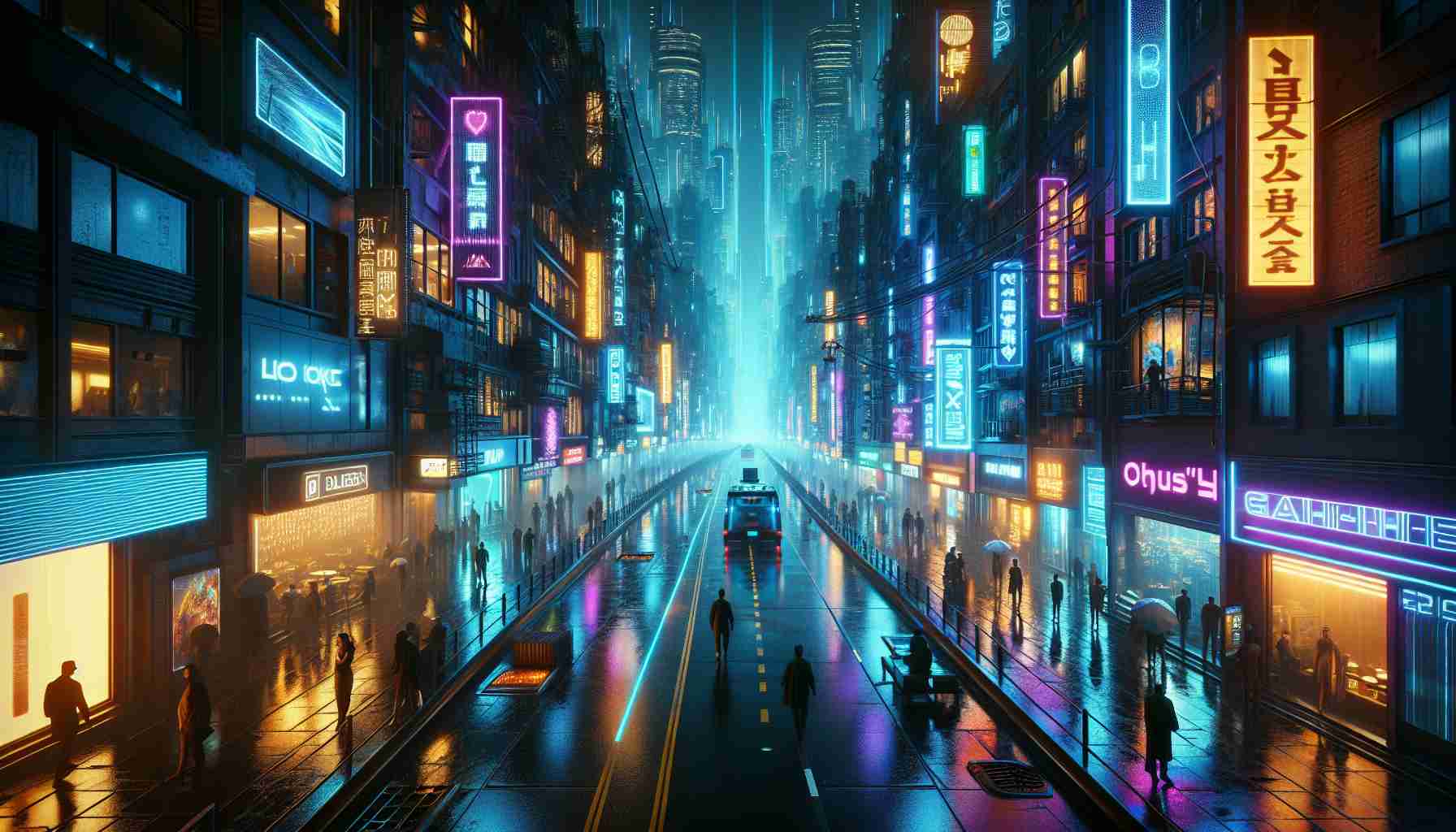Summary:
Neon dystopia aesthetic, characterized by its vibrant neon lights and cyberpunk-inspired visuals, has captivated artists and enthusiasts alike in recent years. This article explores the rise of this aesthetic trend, its cultural significance, and its relation to dystopian themes. We delve into why neon dystopia has gained popularity and examine the artistic expressions thriving within this aesthetic movement. Additionally, we provide definitions for key terms and include a FAQ section answering common questions about the neon dystopia aesthetic.
The Rise of Neon Dystopia Aesthetic
The neon dystopia aesthetic emerged as a vibrant subculture in the late 20th century, drawing inspiration from cyberpunk literature, film, and art. Combining futuristic elements with a gritty, dystopian atmosphere, this aesthetic pioneers a visually stunning portrayal of a neon-lit world overrun by technology, often featuring towering skyscrapers, gritty alleyways, and cybernetically enhanced individuals.
One of the main reasons behind the skyrocketing popularity of the neon dystopia aesthetic is its ability to transport individuals into speculative futures where technology has both improved and corrupted society. The allure of neon lights and the juxtaposition of decay and advanced technology create a captivating contrast that has resonated with many artists and dreamers.
The Cultural Significance of Neon Dystopia
The neon dystopia aesthetic provides a platform for artists to explore and comment on a range of significant themes prevalent in contemporary society. These themes include ubiquitous surveillance, corporate power, social inequality, identity, the impact of technology, and the potential dystopian consequences of humanity’s unchecked technological advancements.
Exploring these themes through the medium of neon dystopia allows artists to engage with audiences on a visceral level, capturing attention and provoking thought. By envisioning dystopian futures, artists prompt us to question our present choices and societal trajectory.
The Artistic Expressions of Neon Dystopia
The neon dystopia aesthetic has fueled a multitude of creative endeavors, including visual art, fashion, music, and literature. Artists have embraced this visually striking aesthetic to not only communicate their fears and hopes for the future but also to experiment with color, light, and texture in unique and captivating ways.
In visual art, neon dystopia often manifests through digital art, paintings, and photography, showcasing vibrant cityscapes, glowing advertisements, and haunting figures. Fashion designers have embraced the neon dystopia aesthetic, incorporating futuristic elements, neon colors, and bold silhouettes into their designs. Musicians have also been drawn to this aesthetic, creating soundscapes that evoke the ambiance of a neon-lit dystopia.
Definitions:
- Neon dystopia aesthetic: A visual style characterized by vibrant neon lights, futuristic elements, and a dystopian atmosphere.
- Cyberpunk: A subgenre of science fiction that emerged in the 1980s, often portraying a dystopian future where advanced technology coexists with a breakdown in societal norms.
- Dystopia: An imagined or fictional society characterized by oppression, suffering, or other adverse conditions.
FAQs:
- Question: What is the origin of the neon dystopia aesthetic?
- Question: Why has the neon dystopia aesthetic become popular?
- Question: What themes does the neon dystopia aesthetic explore?
- Question: How has the neon dystopia aesthetic influenced different art forms?
Answer: The neon dystopia aesthetic draws inspiration from cyberpunk literature, film, and art and gained prominence in the late 20th century.
Answer: The neon dystopia aesthetic captivates individuals with its vibrant visuals and ability to transport them into speculative futures where technology has both improved and corrupted society.
Answer: The neon dystopia aesthetic delves into themes such as surveillance, corporate power, social inequality, identity, the impact of technology, and the potential dystopian consequences of humanity’s technological advancements.
Answer: The neon dystopia aesthetic has inspired visual artists to create cityscapes and portraits, fashion designers to incorporate futuristic elements, and musicians to compose soundscapes that evoke the ambiance of a neon-lit dystopia.
Disclaimer: The sources for this article were not specified. However, further research on this topic can be done to find authoritative sources that provide additional insights and analysis on the neon dystopia aesthetic.
